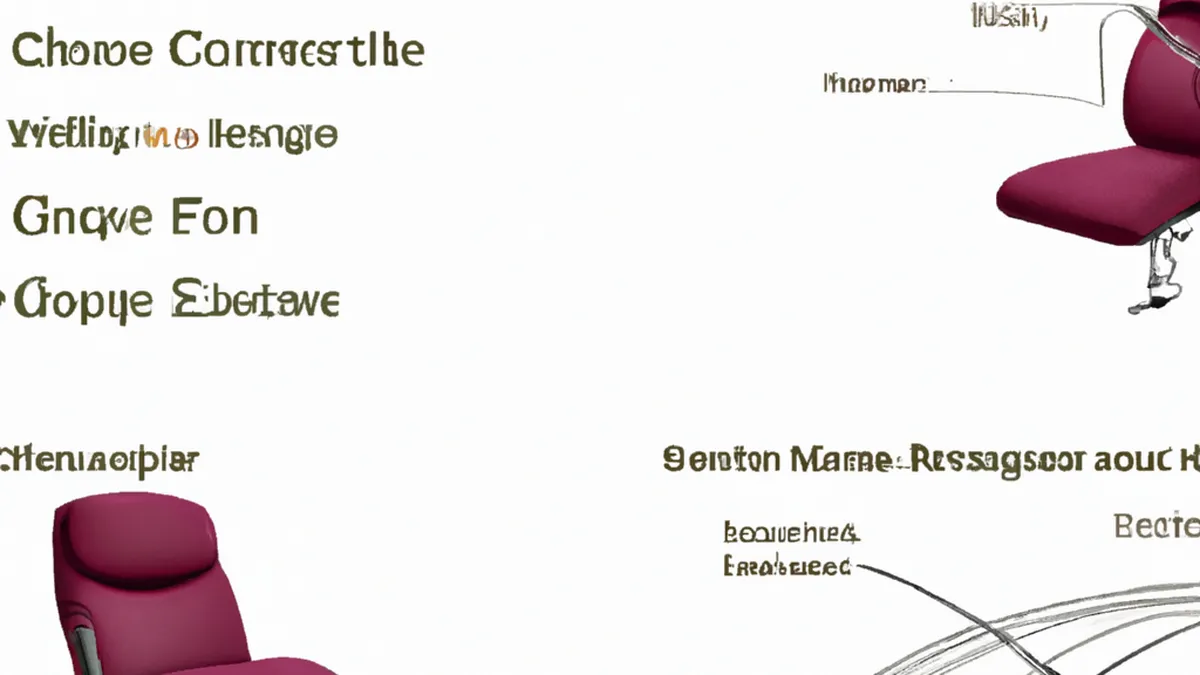Diving Into Muscle Adaptations from Seated Workouts
Understanding Muscle Fiber Adaptations in Chair Exercises
Chair exercises help individuals maintain or improve fitness. They benefit those with limited mobility, seniors, and injury recoverers. These exercises engage various muscle fibers while offering support. Understanding muscle fiber adaptations enhances your workout experience.
This blog post explores muscle fiber adaptations during chair exercises. You’ll discover tips to maximize your workout and learn proper techniques.
The Basics of Muscle Fibers
Muscle fibers fall into three categories: Type I, Type IIa, and Type IIb.
Type I Muscle Fibers
Type I fibers, or slow-twitch fibers, focus on endurance. They produce aerobic energy efficiently and resist fatigue. Activities with slow, controlled movements activate these fibers well. Seated leg lifts and arm raises enhance aerobic fitness and muscular endurance.
Type II Muscle Fibers
Type II fibers offer speed and power. They divide into Type IIa and Type IIb fibers. Type IIa supports strength and endurance, while Type IIb excels in high-intensity efforts. Chair exercises effectively stimulate these fibers. Quick seated marches and resistance bands target Type II fibers, building strength and power.
Tips for Maximizing Muscle Fiber Adaptation
Follow these tips to optimize muscle fiber adaptation during chair exercises:
1. **Vary Your Routine**: Try different exercises to target multiple muscle groups. Include arm, leg, and core movements for a balanced workout.
2. **Increase Intensity Gradually**: Begin with a manageable resistance level. As strength improves, gradually increase difficulty to promote adaptation.
3. **Incorporate Resistance**: Use resistance bands or light weights. This addition stimulates Type II fibers, increasing strength and power.
4. **Focus on Form**: Maintain proper posture and technique. Good form reduces injury risk and effectively engages targeted muscles.
5. **Mind-Muscle Connection**: Concentrate on the muscles you work during exercises for better engagement.
Conclusion
In summary, understanding muscle fiber adaptations enhances your chair exercise experience. Implement these tips for optimal results.
Below are related products based on this post:
FAQ
What are the different types of muscle fibers and their functions?
Muscle fibers are categorized into three types: Type I, Type IIa, and Type IIb. Type I fibers, or slow-twitch fibers, are focused on endurance and efficiently produce aerobic energy. Type II fibers are fast-twitch and are divided into Type IIa, which supports strength and endurance, and Type IIb, which excels in high-intensity activities.
How can I maximize muscle fiber adaptation during chair exercises?
To maximize muscle fiber adaptation, vary your routine by including different exercises that target multiple muscle groups, gradually increase intensity, incorporate resistance with bands or weights, maintain proper form, and focus on the mind-muscle connection during your workouts.
Who can benefit from chair exercises?
Chair exercises are beneficial for individuals with limited mobility, seniors, and those recovering from injuries. They provide a supportive way to engage in physical activity while improving fitness levels and muscle adaptations.















Post Comment